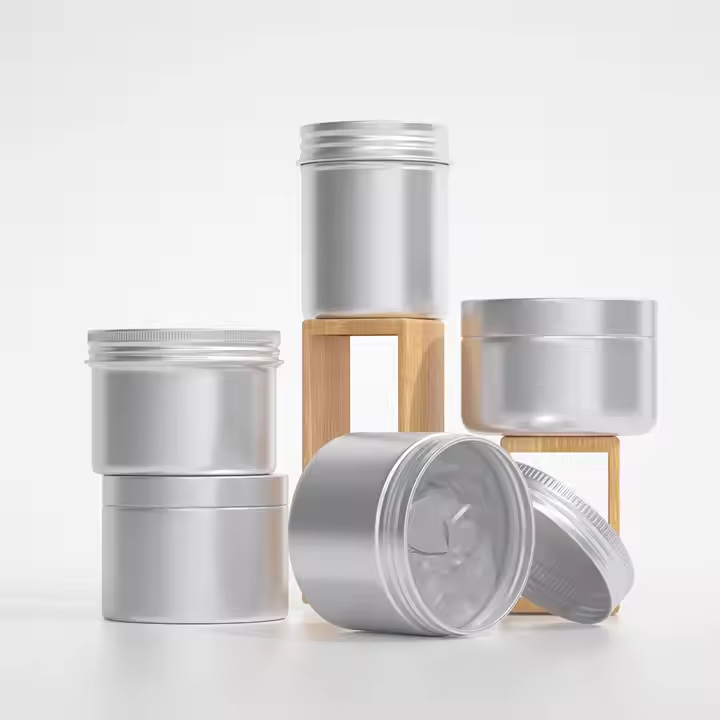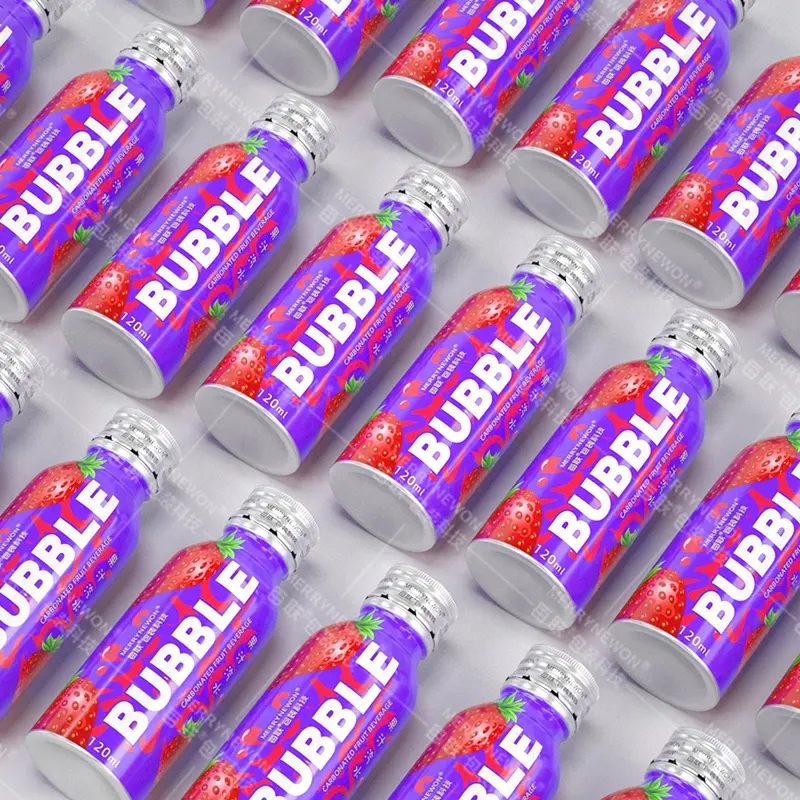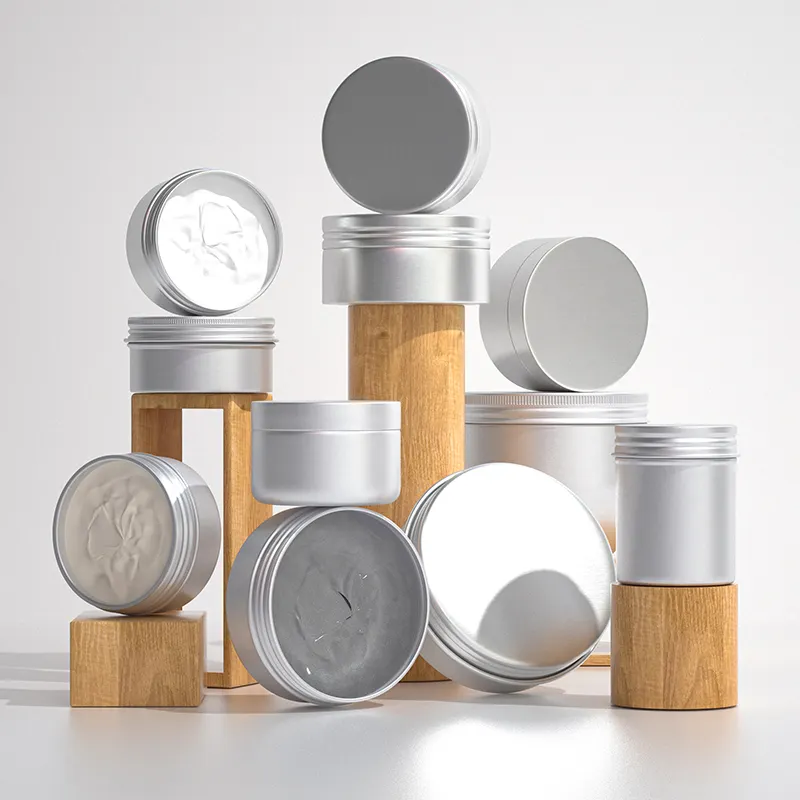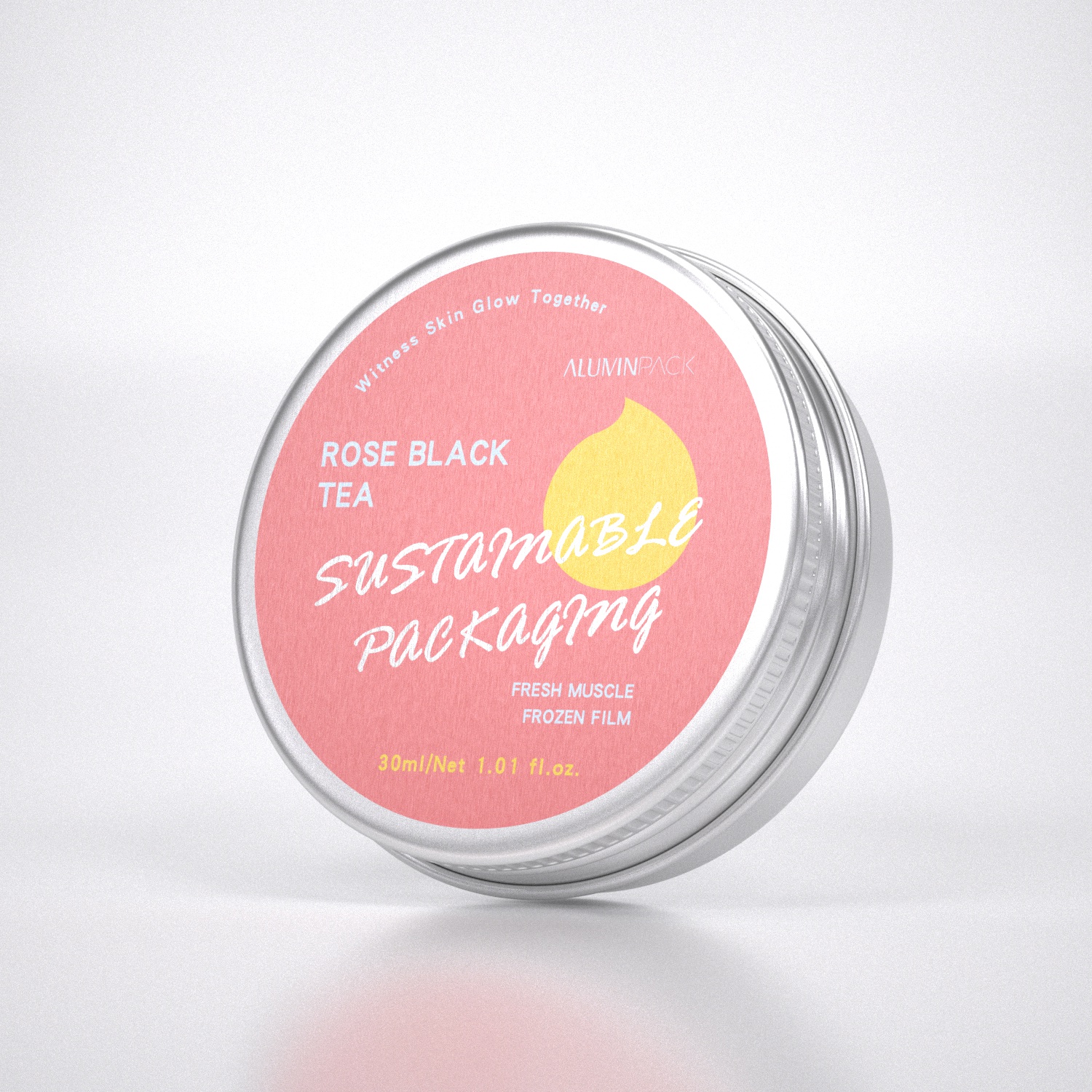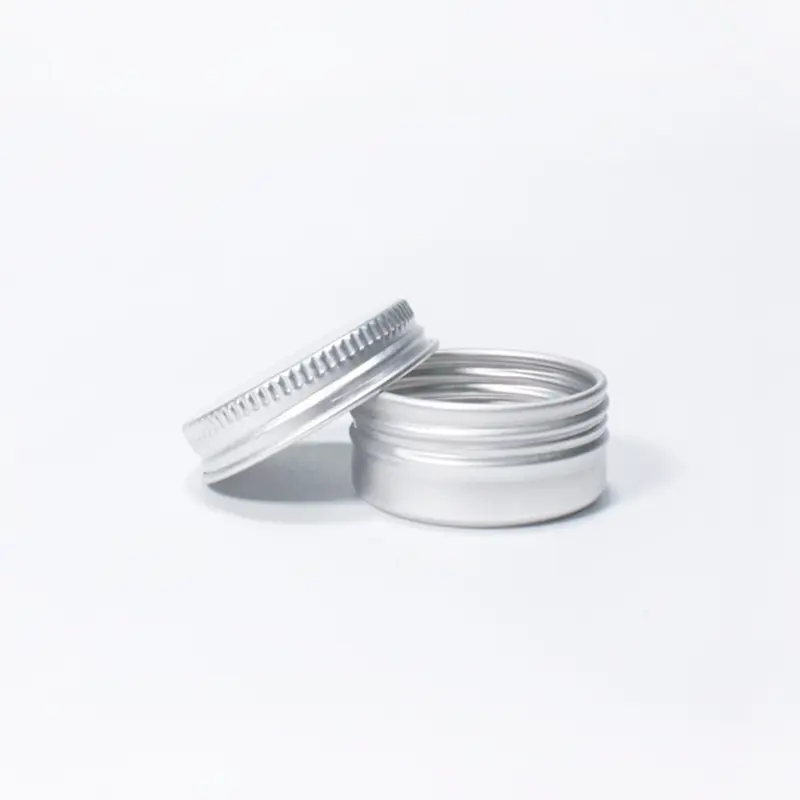 +817089618688
+817089618688
Best metal and aluminum recycling near me in 2025
Finding good metal and aluminum recycling near me is very important. Recycling aluminum uses 95% less energy than making new aluminum, and this includes items like the aluminum bottle, which is commonly used for beverages and other liquids. It also cuts greenhouse gases by 12 million tons each year, which is like taking 2.6 million cars off the road. Recycling stops 1.3 million tons of trash, including aluminum bottles, from going to landfills yearly, helping to keep the planet cleaner.
Online tools and apps make finding metal and aluminum recycling near me easy, ensuring that even your aluminum bottle can be properly recycled. These places support eco-friendly goals and offer fair prices for recyclable materials.
Why recycle metal and aluminum?
Recycling metal and aluminum has many benefits. It helps the planet, boosts the economy, and supports sustainability.
Environmental benefits
Environmental benefits
Recycling metal and aluminum keeps trash out of landfills. In 2018, over 8.72 million tons of metals were recycled. This stopped 13.93 million tons of waste from going to landfills. It also cut greenhouse gases, like removing 6.3 million cars from roads. Recycling helps landfills last longer and keeps the Earth cleaner.
Saving natural resources
Recycling aluminum saves bauxite, which is used to make aluminum. One ton of recycled aluminum saves five tons of bauxite. It also stops nine tons of CO2 from being released. This protects resources for the future and reduces mining's harm to nature.
Economic benefits
Less waste in landfills
The recycling industry creates jobs and grows the economy. In the U.S., over 164,000 people work in aluminum recycling. It also supports nearly 700,000 other jobs. This industry adds $92 billion to the economy. Recycling near me helps create jobs and supports local businesses.
Earning money from scrap
Recycling metal and aluminum can earn you money. Many centers pay good prices for scrap metal. If 90% of aluminum can was recycled, it could create 104,000 jobs. It would also add $1.6 billion to the economy. Recycling is good for the planet and your wallet.
Helping sustainability goals
Lowering carbon emissions
Recycling metal and aluminum uses much less energy than making new materials. For example, recycling aluminum saves 95% of the energy needed for new production. This cuts carbon emissions and fights climate change. Recycling near me helps reduce my carbon footprint.
Supporting a circular economy
Recycling keeps materials in use longer. Aluminum has a recycling rate of about 75%, and some industries recycle over 90%. Recycling reduces the need for new materials and supports long-term sustainability.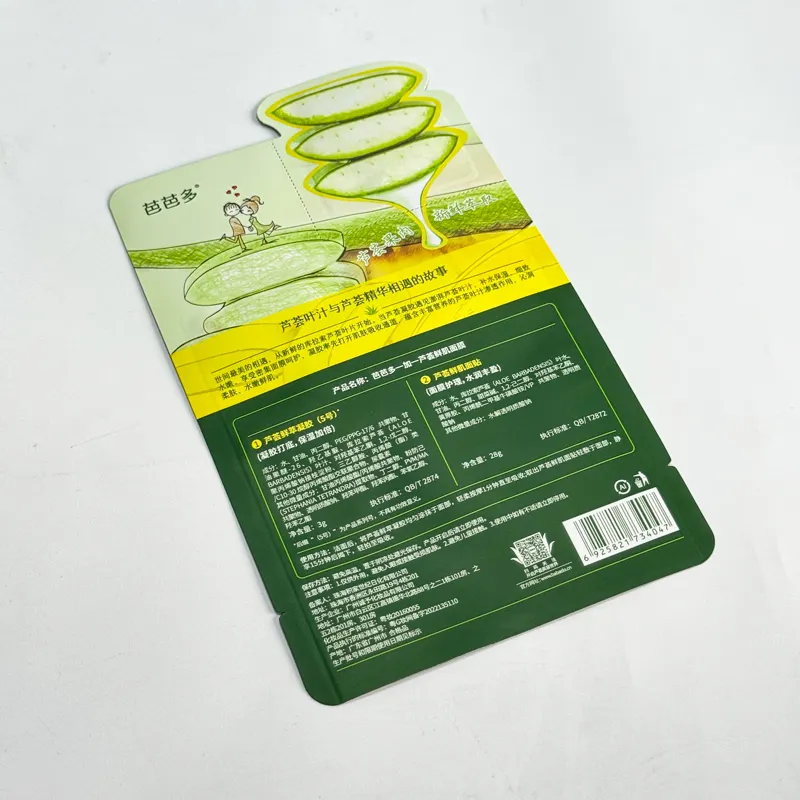
How to find the best metal and aluminum recycling near me
Finding trustworthy metal and aluminum recycling near me is now simpler. Using online tools, local guides, and advice from others helps me pick the best place.
Using online tools
Google maps and search engines
I usually begin with Google Maps or a search engine. Typing "metal and aluminum recycling near me" shows nearby centers. These tools give details like addresses, hours, and reviews. Reviews help me know if a center is reliable. The map feature also shows the closest location, saving time and gas.
Recycling-specific apps like iRecycle
Apps like iRecycle make recycling easier. These apps let me search for places based on what I want to recycle. For example, iRecycle helps find metal and aluminum recycling centers quickly. Other apps like Earth911 and iScrap App work similarly. They check and update their information often. These tools are great for finding eco-friendly and easy recycling options.
Checking local directories
City or county government websites
Government websites are helpful for finding recycling centers. Many state and city sites list facilities with details like hours and materials accepted. Some even have search tools to find nearby places, like PADNOS in Michigan. These resources ensure the centers follow local rules.
Community bulletin boards
Community boards, both online and in-person, are useful too. Libraries, community centers, and forums share info about recycling events and places. Sometimes, I find smaller centers not listed online. This helps me discover hidden options in my area.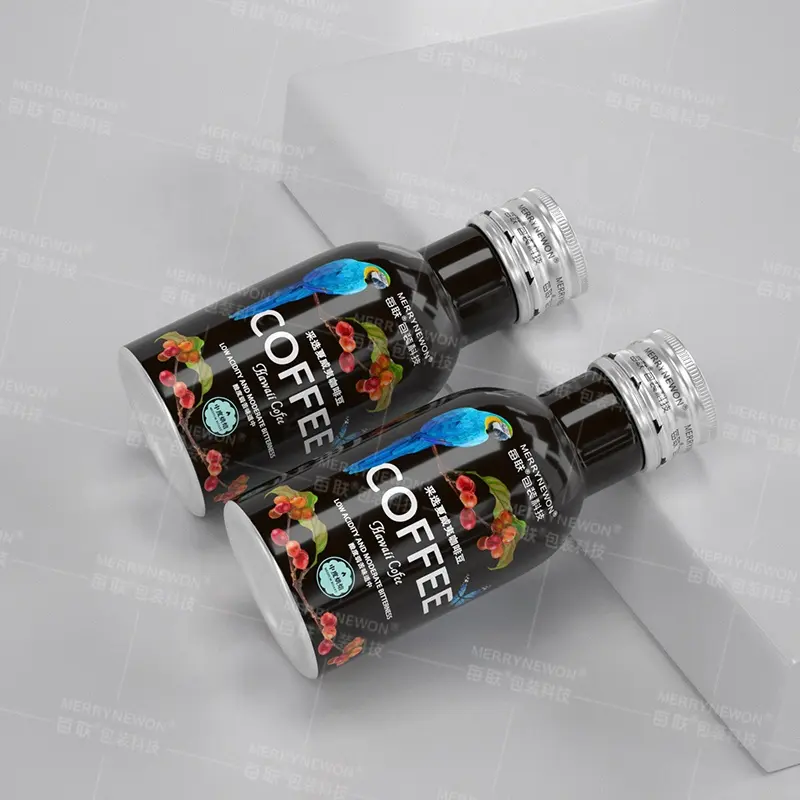
Top Features to Look for in a Recycling Center
When picking a recycling center, I check for key features. These help me find the best places for metal and aluminum recycling near me.
Certifications and Compliance
ISO certifications
Certifications like ISO 14001 and RIOS show high standards. I choose centers with these because they care about the environment. These certifications mean they follow strict rules for handling waste properly.
Local government approvals
I make sure the center has approval from local authorities. Approved centers follow laws and recycle safely. This ensures they work responsibly and legally, giving me confidence in their services.
Pricing and Payment Options
Good rates for scrap metal
Prices matter when I recycle. I compare rates at different centers to get the best deal. Centers with clear pricing often offer fair rates, making recycling worth it.
Easy payment methods
I like centers with simple payment options like cash or digital. Clear payment systems build trust. Some centers even give receipts, helping me track my recycling earnings.
Convenience and Accessibility
Close to your location
I prefer centers near my home or work. This saves time and cuts travel costs. Tools like Google Maps help me find nearby recycling centers quickly.
Flexible hours
Centers with long or weekend hours fit my busy schedule. Flexible times make it easier for me to recycle without changing my plans.
Eco-Friendly Practices
Proper waste management
When picking a place for metal and aluminum recycling near me, I check how they handle waste. Good waste management means recycling centers deal with materials safely and protect the environment. Many centers have clear rules to help people sort items easily.
Use of renewable energy in operations
I also look for centers that use renewable energy. Facilities powered by solar or wind energy lower pollution and set a good example. Reports show renewable energy helps recycling businesses grow and save money. For instance, the Recycling Economic Information (REI) Report explains how renewable energy boosts both direct and supply chain activities.
Recycling renewable energy parts is also becoming important. Solar panels, for example, need recycling as they age. Experts predict a 7.4% growth in solar panel recycling from 2025 to 2030. This shows how renewable energy will shape recycling’s future.
Some centers already use solar or wind power for their work. This cuts fossil fuel use and lowers costs. Choosing these places supports businesses that care about the planet.
By focusing on waste management and renewable energy, I pick centers that match my environmental goals. These practices help the Earth and improve recycling efficiency near me.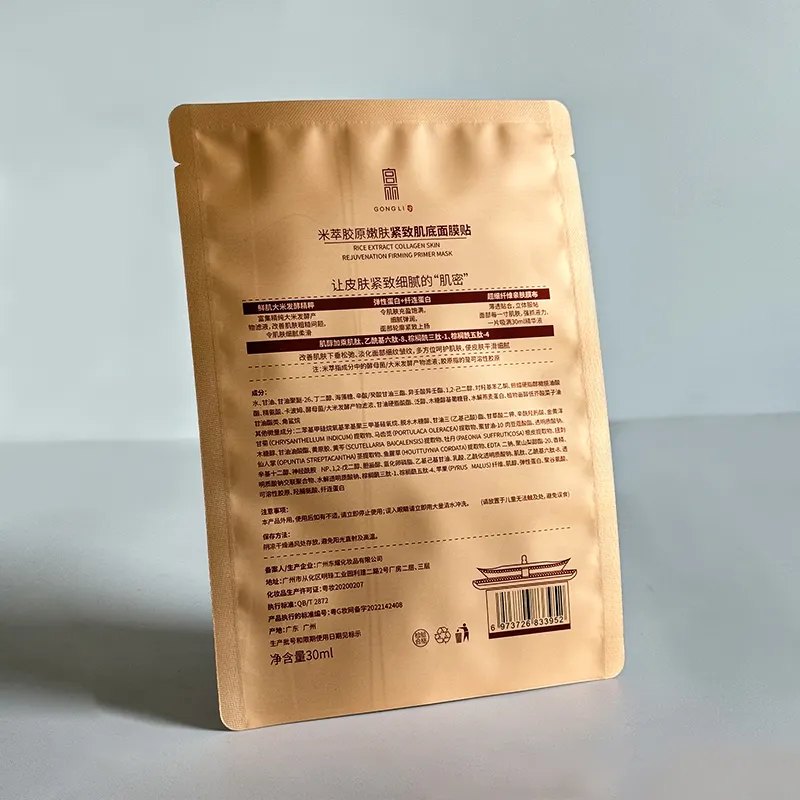
Tips for Preparing Metal and Aluminum for Recycling
Getting materials ready the right way helps recycling work better. I follow these simple steps to make it easier and more eco-friendly.
Sorting Materials
Keeping aluminum separate from other metals
The first step is sorting for metal and aluminum recycling near me. I keep aluminum apart from metals like steel or copper. This makes sure each type gets recycled correctly. Recycling centers use tools like magnets and special scanners to sort metals.
Checking what can be recycled
Not all metals can be recycled, so I check carefully. Aluminum cans, foil, and siding are usually okay, and some centers may also accept aluminum foil bag if they are clean and free of contaminants. But rusty or mixed materials might not work. Recycling centers use smart machines to sort items better, ensuring that even specific items like aluminum foil bags can be processed efficiently when possible. Always verify with your local recycling center to confirm what they accept.
Cleaning and Prepping
Washing off food and dirt
Cleaning items before recycling is very important. I rinse cans and clean food off foil. This keeps the materials in good shape for recycling. Clean items also mean less work for recycling workers and better results.
Squashing cans to save space
Flattening cans helps save room and makes them easier to carry. I use a can crusher or step on them to make them flat. This way, I can fit more cans in one trip. Recycling centers also find it easier to handle squashed cans.
Transporting Safely
Using strong containers
Not overloading my car
Overloading my car can be unsafe and wasteful. I make sure the load is balanced and not too heavy. Here’s how I do it:
Pick a car that can handle the weight.
Take out extra stuff to make space.
Plan my route to save time and gas.
Spread the load evenly for safety.
These tips help me transport materials safely and easily.
By following these steps, I get materials ready for recycling the right way. This helps the planet and makes my efforts count. Good preparation leads to better recycling and a cleaner future.
Recycling metal and aluminum helps the Earth and communities. Recycling aluminum uses 95% less energy than making new aluminum. It also saves over 90 million barrels of oil each year. But only 21% of household recyclables are recycled, which can improve. Apps and directories help me find trusted recycling centers nearby. Starting now means cleaner areas, smarter resource use, and a 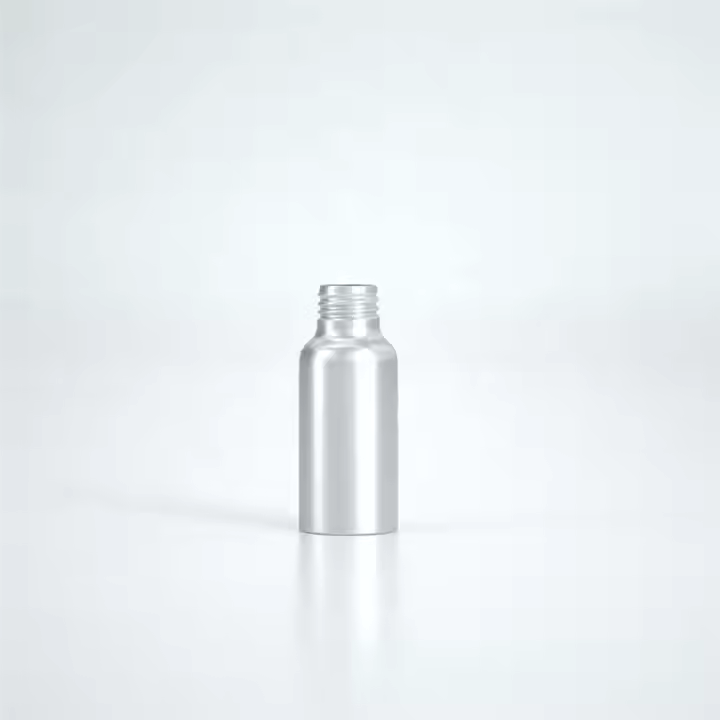
Faq (frequent ask questions)









